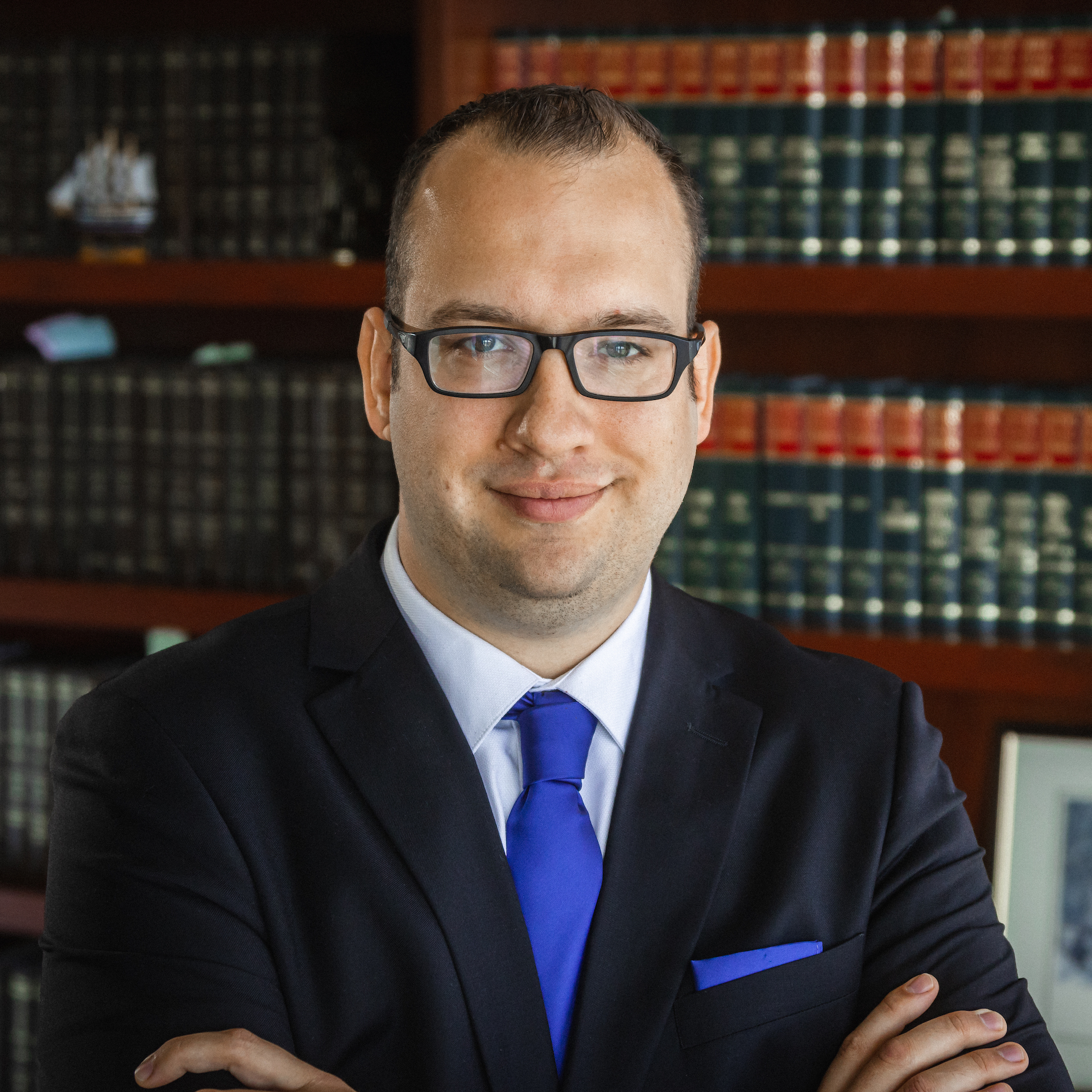As the country slowly emerges from its economic and housing problems, foreclosure rates have dropped nationwide. Missouri, however, has seen things worsen. Comparing recent statistics with the same time period in previous years shows a nearly 16% increase in home foreclosure filings in the state.
Home foreclosure results when homeowners stop making payments on their mortgage. After several notifications and warnings, the owners’ bank may then begin a foreclosure proceeding, which results in the bank’s taking possession of the house and selling it in order to recover the money the bank is due.
A bank may offer a homeowner several financial options to stay in the house, but, if these also fail, foreclosure may be inevitable. Filing for bankruptcy may be a home owner’s best option to save his or her home. If you are having trouble making payments on your home and would like to learn about how filing for bankruptcy can prevent a home foreclosure, a Kansas City bankruptcy lawyer can provide you with the expertise you need to make the right decision.
Home Foreclosure Protections That Bankruptcy Offers
As soon as you file for bankruptcy, the bankruptcy court issues an automatic stay, which forces creditors to stop their collections activities immediately. Depending on where your bank is in the home foreclosure process, the automatic stay can grant you several additional months to sort out your past due mortgage payment problems and achieve a solution that enables you and your family to stay in your home. What is very important, though, is that you resume making at least your regular mortgage payment after filing for bankruptcy protection as it is important that a debtor not get further in arrears while in bankruptcy.
A Chapter 13 reorganization, or wage earner’s bankruptcy, may be a good choice for those debtors earning a stable income that is sufficient to cover mortgage payments. Such debtors may have recent financial struggles due to a job layoff, medical bills or a death in the family that led to missed mortgage payments. Under a Chapter 13 bankruptcy, you can stay indefinitely in your home provided you continue to make mortgage and other debt payments under your Chapter 13 repayment plan, which lasts three to five years.
Under a Chapter 7 bankruptcy, you can keep your home as long as you are current on your payments. If you are in arrears, the most likely outcome is that you may receive a few additional months to work out a plan with your bank. If you are able to get current in that time period and resume regular payments, all should be fine. A Chapter 7 bankruptcy is also helpful if you want to walk away from a mortgage, as the debtor can obtain a discharge for all amounts due and not have the worry about a deficiency balance after the home is foreclosed.
It is important to take action as soon as you suspect you might have problems with your mortgage payments. Determining whether to file for bankruptcy to avoid home foreclosure depends on where in the foreclosure process you are with your mortgage company. Contact a Kansas City bankruptcy attorney at The Sader Law Firm for more information on how bankruptcy can help you avoid home foreclosure.
 Book an
Book an Email
Email Directions
Directions







